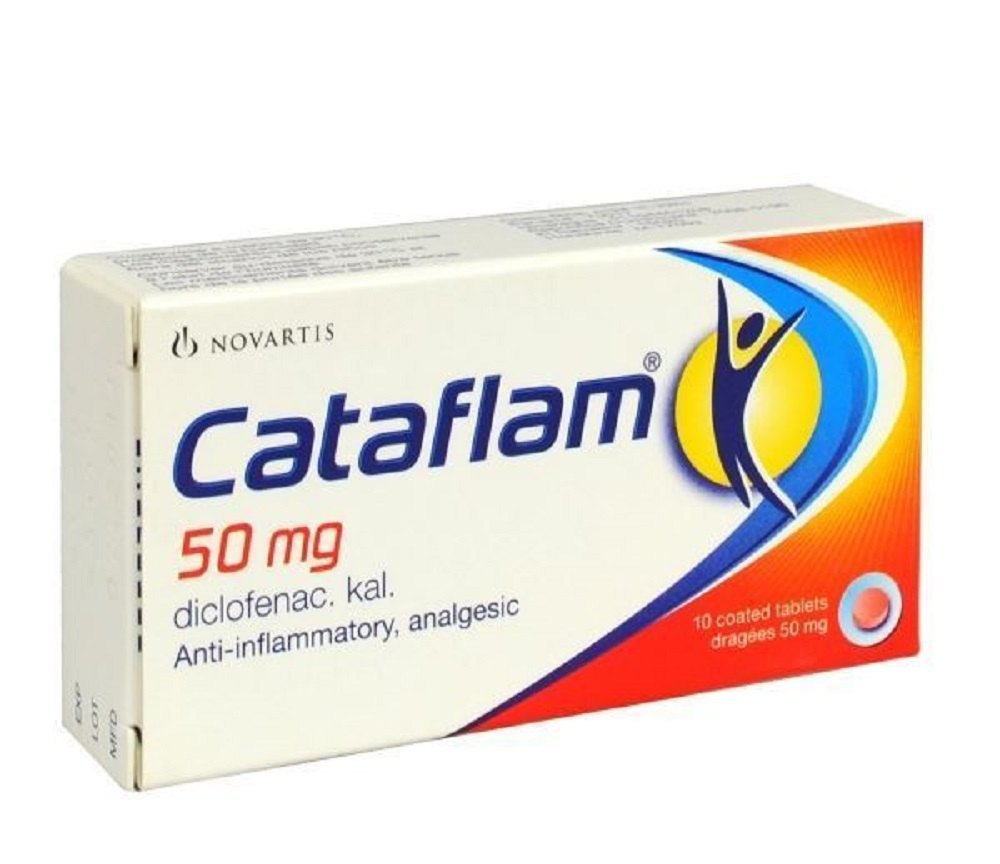Power of Cataflam: A Comprehensive Guide to Understanding and Utilizing its Benefits
What is Cataflam?
Cataflam is a nonsteroidal anti-inflammatory drug (NSAID) that is commonly used for pain relief and reducing inflammation. It contains the active ingredient diclofenac potassium, which helps to alleviate various types of pain, including musculoskeletal pain, dental pain, and menstrual pain.
The history and development of Cataflam
Cataflam was first developed by Novartis, a leading pharmaceutical company, and received FDA approval in the 1980s. Since then, it has become a widely prescribed medication for pain management and inflammation. Over the years, extensive research and clinical trials have further established the effectiveness and safety profile of Cataflam.
Cataflam’s Mechanism of Action
How does Cataflam work in the body?
Cataflam exerts its therapeutic effects by inhibiting the enzyme cyclooxygenase (COX), which is responsible for the production of prostaglandins. Prostaglandins are chemical messengers in the body that promote inflammation, pain, and fever. By blocking COX, Cataflam reduces the production of prostaglandins, thereby reducing inflammation and relieving pain.
Exploring the Pharmacokinetics of Cataflam
When taken orally, Cataflam is rapidly absorbed from the gastrointestinal tract and reaches peak plasma concentrations within 1-2 hours. It is extensively metabolized in the liver and primarily eliminated through the urine. The half-life of Cataflam is approximately 1-2 hours, indicating that it is relatively short-acting.
The role of Cataflam in reducing inflammation
Cataflam’s ability to reduce inflammation makes it particularly effective in managing conditions such as rheumatoid arthritis, where inflammation plays a significant role in joint damage and pain. By targeting the underlying inflammation, Cataflam helps alleviate symptoms and improve joint function in individuals with rheumatoid arthritis.

The Wide Range of Applications for Cataflam
Cataflam as an effective treatment for musculoskeletal pain
Cataflam is commonly prescribed for musculoskeletal pain, including conditions such as sprains, strains, and back pain. Its anti-inflammatory and analgesic properties help reduce pain and inflammation associated with these conditions, allowing individuals to regain mobility and function.
The role of Cataflam in managing rheumatoid arthritis
Rheumatoid arthritis is a chronic autoimmune disease characterized by joint inflammation. Cataflam is often included as part of the treatment plan for rheumatoid arthritis to reduce pain, stiffness, and swelling in the affected joints. It can help improve the quality of life for individuals living with this condition.
Utilizing Cataflam for postoperative pain relief
After surgical procedures, patients often experience pain and inflammation. Cataflam can be used to manage postoperative pain, allowing patients to recover more comfortably. Its analgesic and anti-inflammatory properties help alleviate pain and promote healing.
The benefits of Cataflam in treating menstrual pain
For individuals experiencing menstrual pain, Cataflam can provide relief by reducing the production of prostaglandins, which are responsible for the uterine contractions that cause pain. By alleviating menstrual pain, Cataflam allows individuals to go about their daily activities without discomfort.
Cataflam’s effectiveness in reducing dental pain
Dental pain, such as toothaches or post-dental procedure discomfort, can be managed with Cataflam. Its anti-inflammatory and analgesic properties help reduce pain and swelling in the affected area, providing relief until dental treatment can be sought.




